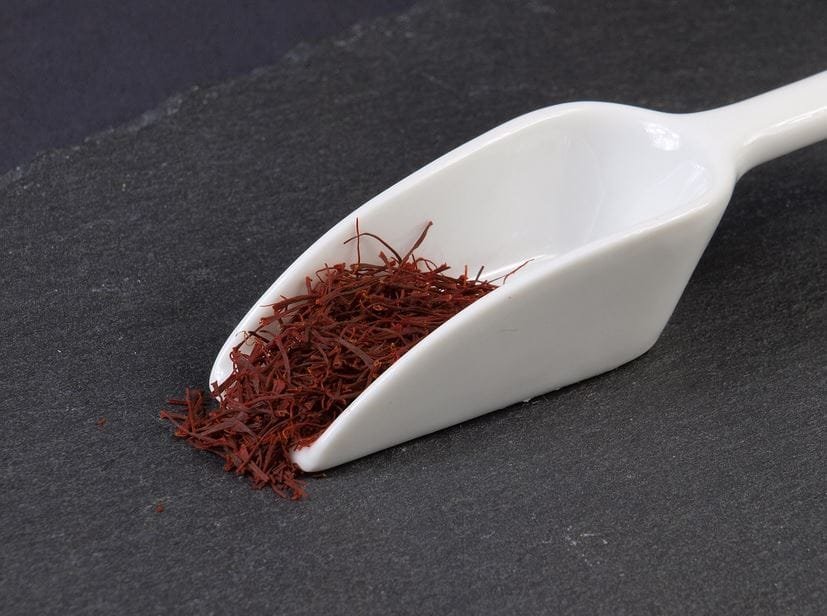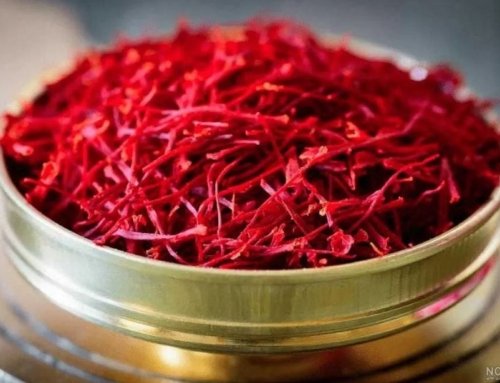 Farming with Saffron: Nutritional Management of a Saffron Farm
Farming with Saffron: Nutritional Management of a Saffron Farm
Saffron nutritional program
Effective nutritional management is key to boosting both the yield and resilience of your saffron crop. Whether you’re an experienced saffron grower or new to the field, understanding the essentials of a nutritional program is vital for success. Just like other agricultural products, saffron requires a well-structured feeding plan to endure environmental challenges and ensure high-quality harvests.
The Essentials of a Saffron Farm’s Nutritional Program
Saffron nutritional program
To create a successful nutritional plan, use the right fertilizers at the proper time. This enhances the crop’s strength and overall productivity. However, fertilization alone is not enough. It’s also important to incorporate supplements that maximize plant growth for the best yield.
Consulting agricultural experts is crucial to tailor a plan specifically for your farm. Since these methods are rooted in science, personal judgment or non-expert advice should not guide your decisions. A skilled professional must assess various factors to ensure the plan’s effectiveness.
The Timing of Nutritional Interventions
Saffron nutritional program
A saffron farm’s nutritional management begins in Mordad (July). During this month, food reserves in the saffron corms are enhanced, improving their ability to flower. In Shahrivar (August), the program helps disinfect the soil, protecting the saffron corms from pests and fungi. This phase also ensures adequate potassium levels, promoting photosynthesis and boosting resistance to environmental stress, such as drought and salinity.
The final stage takes place in Mehr (September), improving the saffron flowers’ sprouting potential. In Esfand (March), an additional program enhances root development, securing the saffron crop for the following year.
Monthly Program Details for Saffron Farming
July Program
In July, the saffron farm benefits from 600 to 800 kilograms of specialized organic fertilizer. This treatment boosts food reserves in the corms and supports future growth. It also prepares the soil for optimal growth conditions.
August Program
During August, apply 2 to 5 liters of liquid sulfur per hectare with the first irrigation. This action disinfects the soil and helps prevent pest and fungal damage. Potassium is also supplied to support the plants’ photosynthesis and resilience against environmental stress.
September Program
In September, apply 10 to 15 liters of liquid humic acid per hectare with the second irrigation to enhance the sprouting potential of the saffron corms.
March Program
Finally, in March, use 1.5 to 2 liters of liquid calcium per hectare with the last irrigation. This strengthens the saffron corms and prepares them for the upcoming season’s growth and harvest.
Conclusion: The Importance of a Proper Nutritional Plan for Saffron
A comprehensive and scientifically backed nutritional program is key to improving your saffron farm’s yield and quality. Always consult experts before implementing the steps to ensure the best conditions for maximizing productivity.


![Exporting Saffron to Turkey + Price Guide [Complete 0 to 100]](https://www.rowhanisaffron.com/wp-content/uploads/f1-372-500x383.jpg)




Get Social